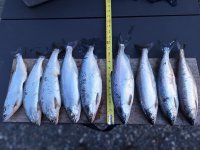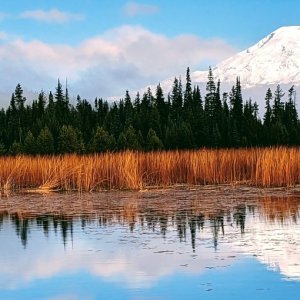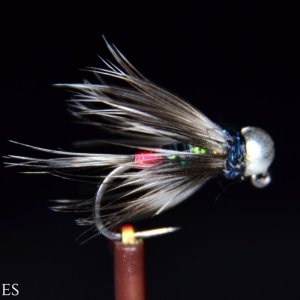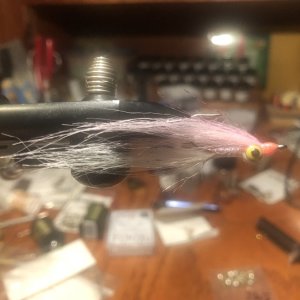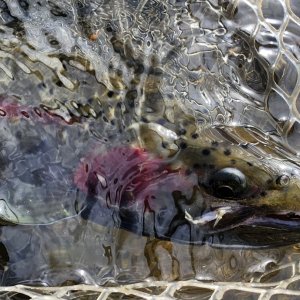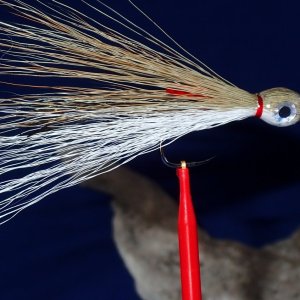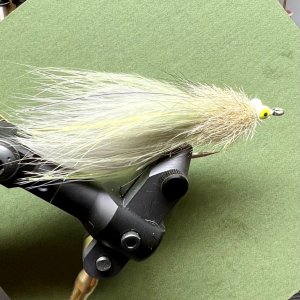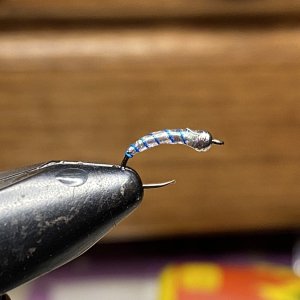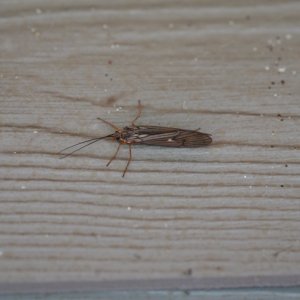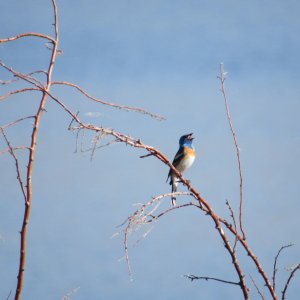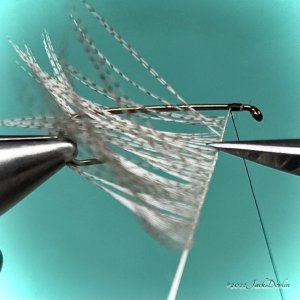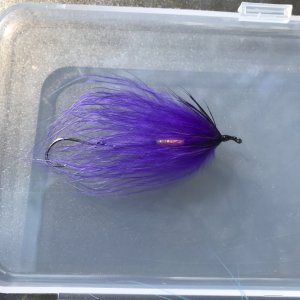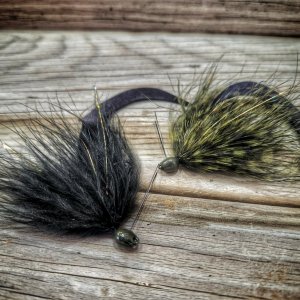Curt -To expand a bit to the excellent starting point in a kokanee bait. White shoepeg corn is what one wants (smaller and more bite shape). Soaking that corn in the oil from a can of tuna has become a standard. I typically add some borax to my bait brew. I often also add some additional scent to the rig as I fish. Have some scent is a key to producing more fish, while most of the time I not sure that it makes a great difference which scent is used. However there are times some scent will out preform better than others. Scents to consider include some generic "kokanee scent", krill, garlic, herring oil, squid, and/or clam. After more than a decade of experimentation in hard-core kokanee fishing if limited to a single scent it would be clam and I hate garlic.
Other base baits that have proven successful include live fly maggots, small pieces of cured prawns/crawfish, little pieces of worm/nightcrawler and the power bait maggots.
Curt
(Thread Drift): My two long time fishing buddies (both West Siders) used to come to Ephrata Friday afternoon of the day before the "opener*"; we'd head up to Lake Roosevelt, get our campsite set up at Spring Canyon and go fishing. Our kokanee techniques were crude to say the least but we were able, over several years, to catch some of the lake's kokanee with trout, walleye and smallmouth being part of the catch. Herb had THE HOT FLY. It was a simple streamer tied on a wet fly hook and it was ugly so we named it "Herb's Ugly**": orange and chartreuese chenille body with a soft hackle - that's all. We'd tip the fly with either a maggot, white corn or a chunk of nightcrawler and troll the Canyon or up and down th shore to the dam or run up to The "S" Basin. We didn't have electronics, no GPS, no cellphones (mid-1980's), no downriggers - just fly rods and full sinking lines. We were consistently inconsistent with our catching but sometimes, some years - the catching was quite good for those delicious fish.
* The Opener - Herb and his siblings would go "on the wagon" on New Year's Day and go off the wagon for the opener; some kind of family tradition. Herb, Keith and I looked forward to "the opener" as a time for old friends to get together and for Herb a time to tip back some of his home brewed beer.
** Herb's Ugly - Simple flies get modified (how many variations of a Hare's Ear are there?) all the time; I modified Herb's Ugly to include a trailing treble hook. The treble was supposed to increase catching soft mouthed kokanee and it provide three hook points (one point each for a maggot, worm and corn). So, @Brute - here's a few flies we used to use for kokanee:
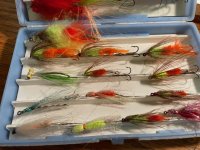
Next to the bottom row, far right is the original "Herb's Ugly" and right above it a modified "Ugly".

